The History Of Lesbian Bars: From Safe Havens To Modern Queer Spaces
For nearly a century, lesbian bars have been more than just places to drink—they’ve provided safe spaces for women whose love was often not accepted by society. Although their numbers have decreased over time, lesbian bars have a rich history.
From the hidden speakeasies of the Prohibition era to the vibrant hubs of activism during the 1970s, lesbian bars have long been an essential part of LGBTQ history.
Let’s explore how these important spaces came to be, how they survived oppression, and how they helped shape the lives of many women.
The Rise of Lesbian Bars in the 1920s
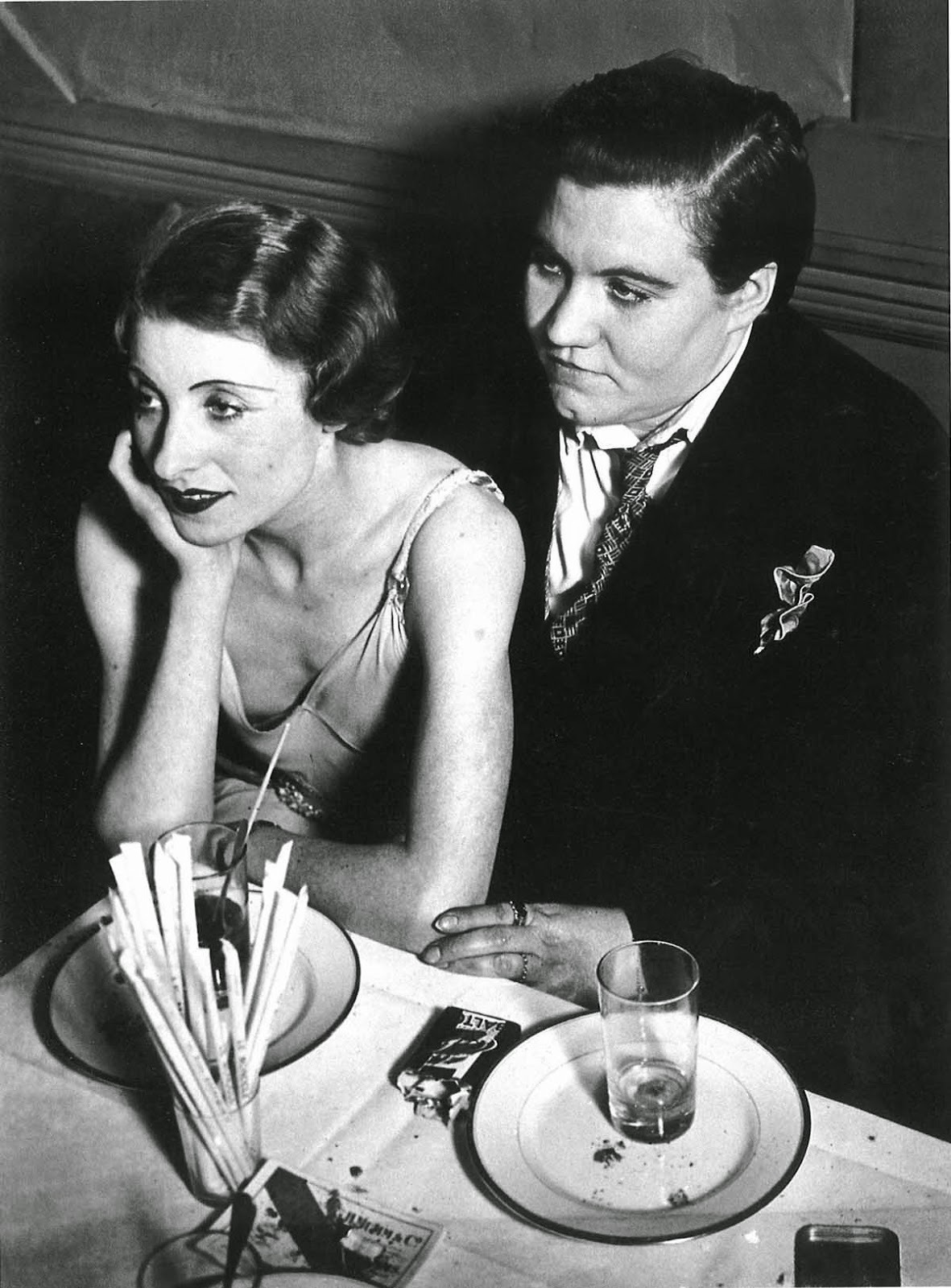
In the 1920s, cities like Paris, Berlin, and New York were vibrant centers for LGBTQ nightlife. One of the earliest known lesbian bars was Le Monocle in Paris.
Opened in the Montmartre district, this club became a safe space for women who dressed in tuxedos and sported monocles—symbols of their defiance against societal norms.

Florence Tamagne, a historian of LGBTQ life, noted that Le Monocle allowed lesbians to express themselves freely at a time when such openness was rare. Here, women like Violette Morris found a community.
Violette Morris was a well-known French weightlifting champion known for her masculine appearance and double mastectomy, and she was a regular at Le Monocle.

However, her collaboration with Nazi Germany during World War II led the French Resistance to sentence her to death.
In the U.S., Prohibition (1920-1933) helped lesbian-friendly spaces to develop. Speakeasies served alcohol illegally and allowed women to gather without as much scrutiny.
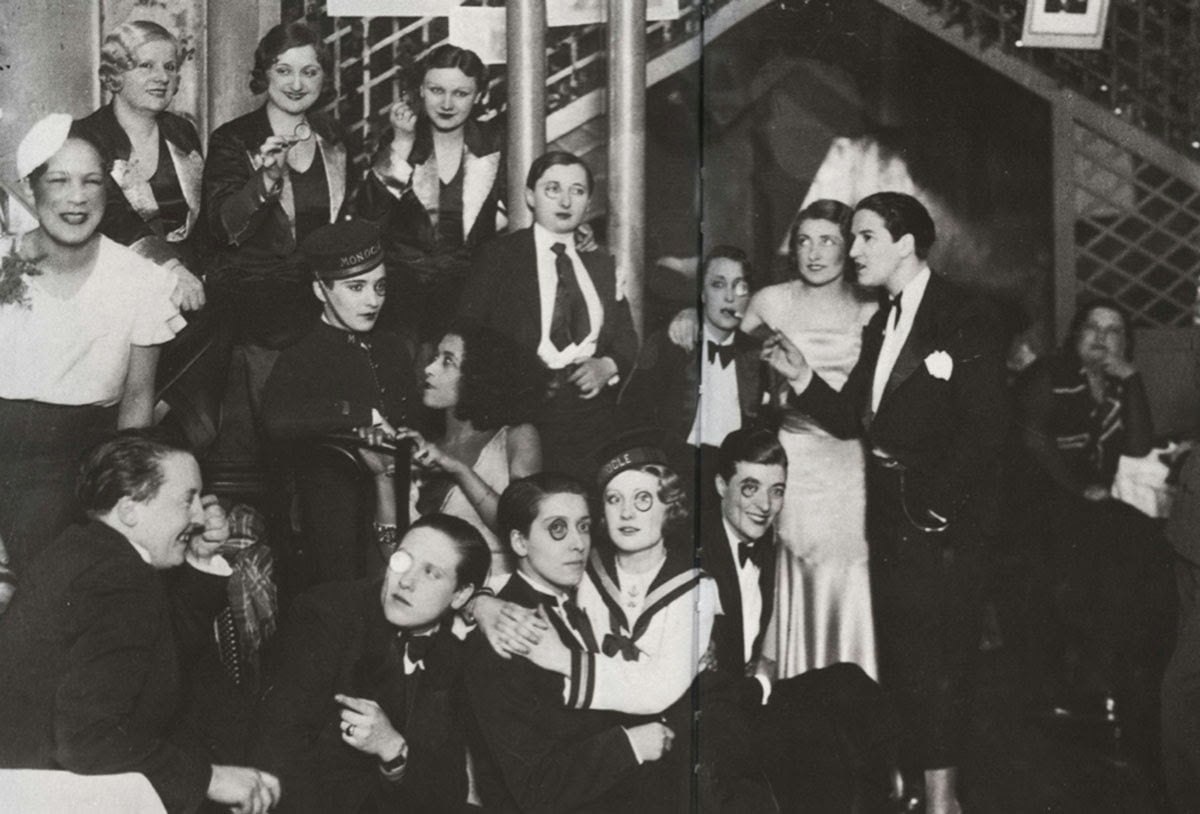
Saloons that previously barred unaccompanied women began opening their doors, marking the first inklings of a lesbian nightlife scene.
Post-World War II: Finding Community and Facing Challenges

After World War II, lesbian bars began popping up in places like New York and San Francisco. Bars like Mona’s 440 Club in San Francisco were one of the first lesbian bars in America.
However, these spaces were fraught with danger. Police raids were common, and women were often arrested for dancing together or wearing “men’s” clothing.
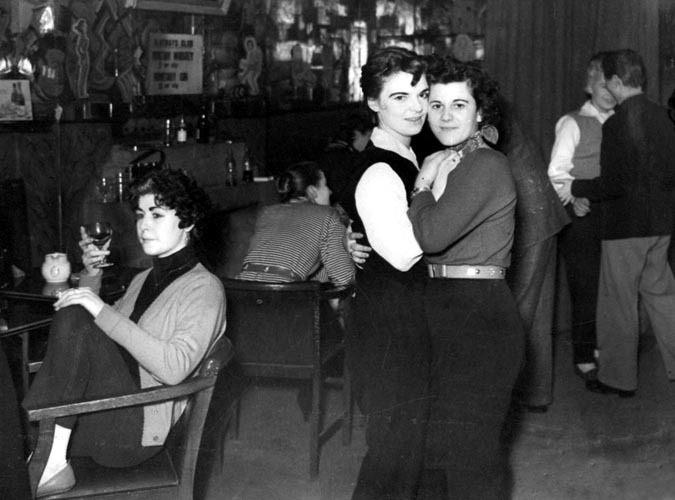
Some bars, like Peg’s Place in San Francisco, operated under strict rules to avoid legal trouble. Jackie Jones, a patron from that era, recalled how bars paid off the police to avoid harassment but had to enforce dress codes to maintain appearances.

Despite the risks, lesbian bars became vital community hubs. They allowed women to meet others like them, build friendships, and feel less isolated in a world that often rejected them.
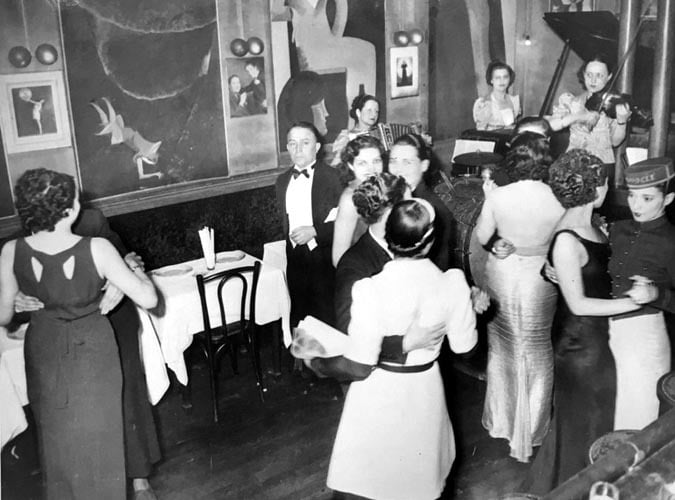
As author Lillian Faderman wrote, lesbian bars “became the single most important public manifestation of the subculture for many decades.”
The 1960s and 1970s: Activism and Growth
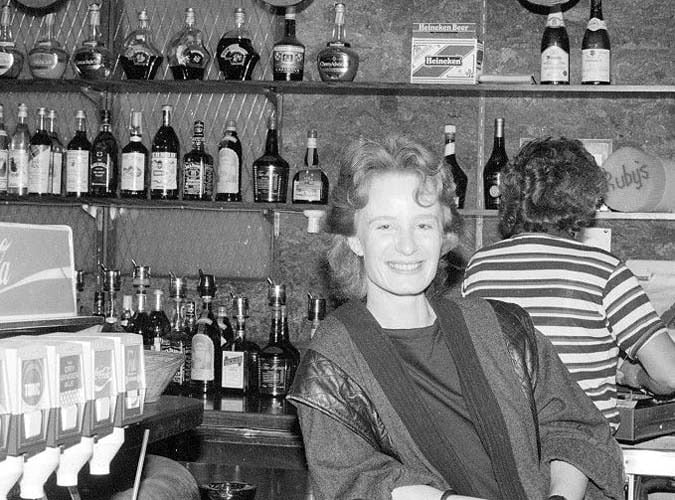
The 1960s and 70s saw an explosion of LGBTQ activism, with lesbian bars playing a central role. Following events like the Stonewall Riots in 1969, many lesbian bars became centers for organizing protests and building solidarity.
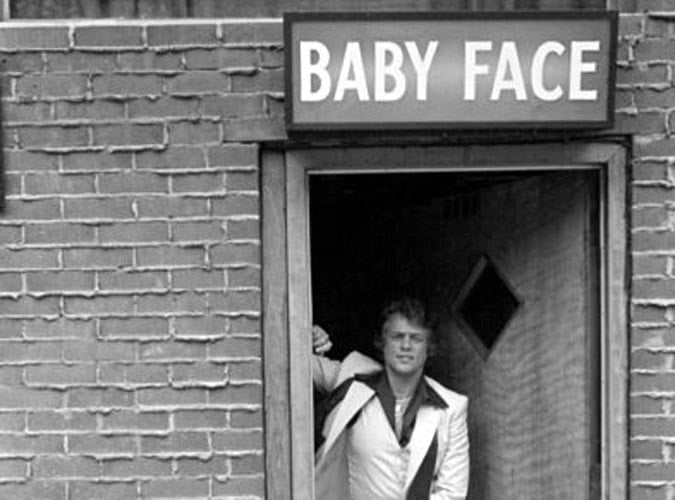
Bars like The Duchess in New York were instrumental in mobilizing women to fight for their rights, while the rise of lesbian feminism brought a more politically charged atmosphere to these spaces.
In these years, bars were not just places to drink or dance—they became spaces for discussion, activism, and community-building.

The feminist movement helped solidify lesbian identity in the U.S., as many women sought independence not just from men but from mainstream gay culture.
The Decline of Lesbian Bars

While lesbian bars flourished in the 1960s and 70s, many began to close in the following decades. Gentrification, rising rent prices, and the rise of the internet all contributed to their decline.
By the early 2000s, many historic lesbian bars had shut their doors, and fewer than 30 remain in the U.S. today.

In recent years, some lesbian bars have rebranded to attract a broader LGBTQ crowd. For example, Henrietta Hudson in New York, once a lesbian-only bar, now describes itself as a “queer human bar,” welcoming people of all identities.
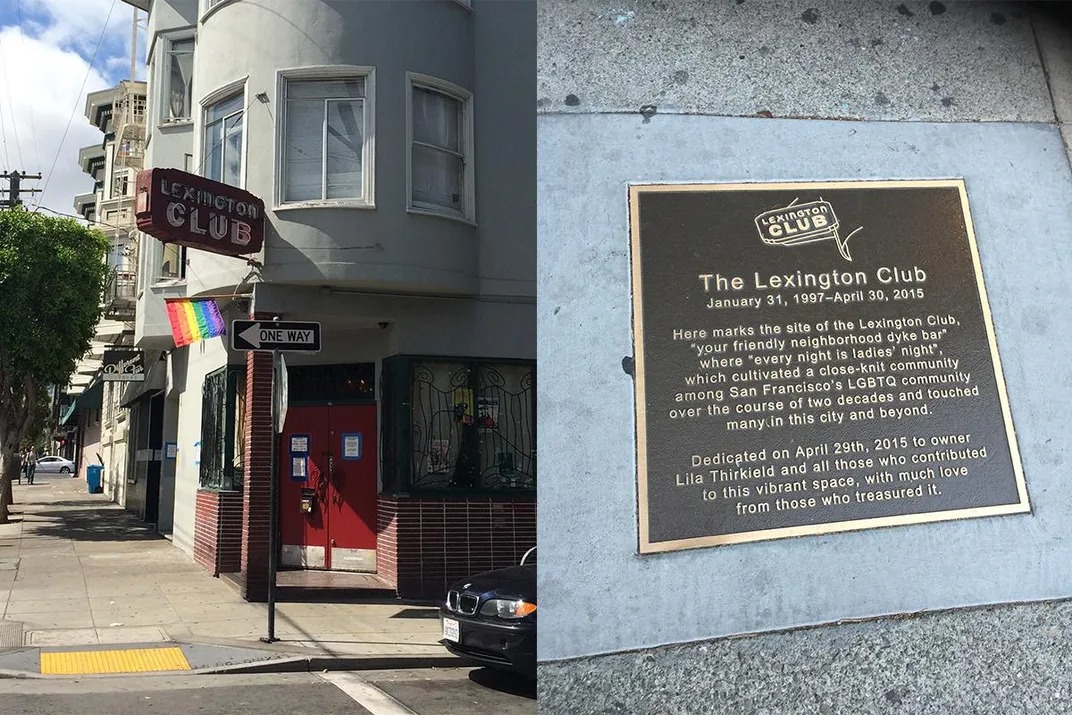
While this shift reflects modern LGBTQ inclusivity, it has left some older lesbians feeling nostalgic for the days when these bars were exclusively for women.

